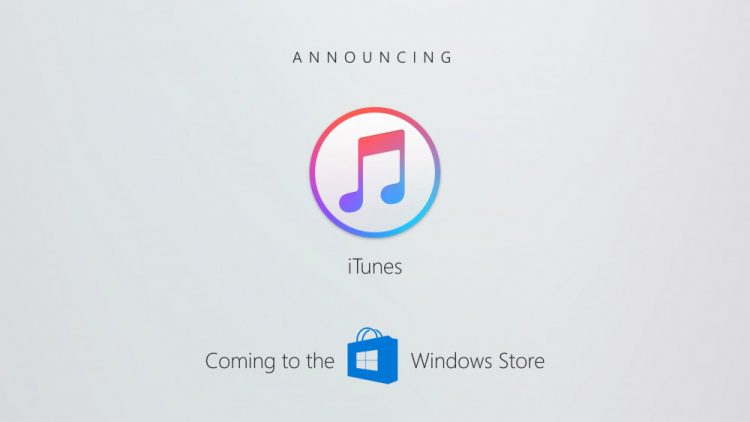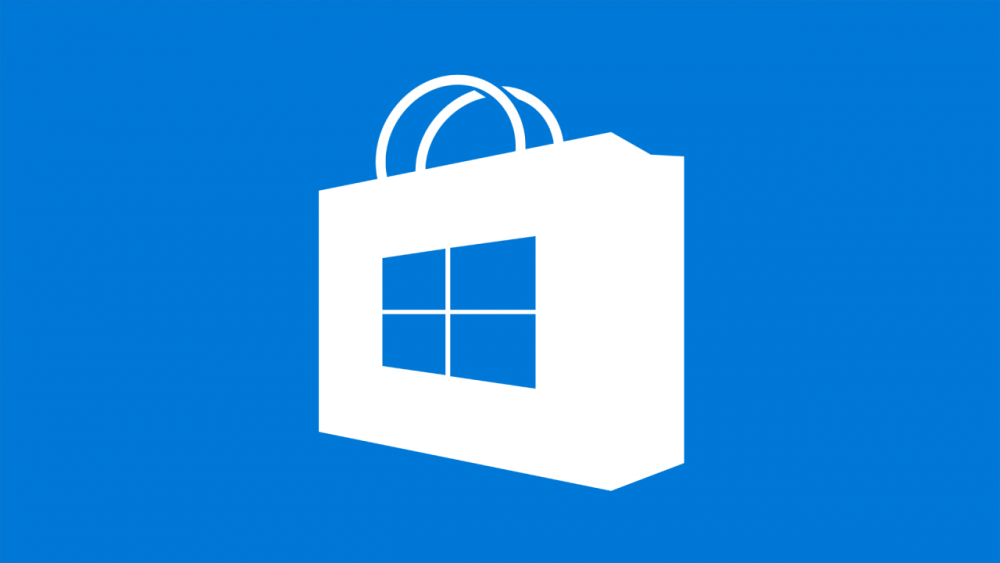Microsoft revealed on Thursday during its 2017 Build conference that Apple’s iTunes, one of the most searched-for apps on the Windows Store, will finally be available through its shop by the end of this year. This is a win for Microsoft, as they continue to develop the Windows Store into a more prominent feature for their operating system.
iTunes is coming to the Windows Store by the end of this year. #MSBuild pic.twitter.com/WHM533S7Sv
— Windows (@Windows) May 11, 2017
The Windows Store has been widely regarded as a mess since it launched back in 2012 alongside the first Surface tablets. The non-Pro edition of the Surface ran the infamous Windows RT, which restricted users by only allowing installation of apps through the store. The general response to that can be measured by the fact that when the Surface Pro 3 tablet hit the market only two years later, it didn’t include any support for Windows RT, and Surface tablets have since come with full versions of Windows that don’t restrict the installation of apps to the store. As of 2015, RT is considered dead, with Microsoft no longer manufacturing its RT-driven Nokia Lumia tablet.
The significance of RT’s fall is in the news that Surface Laptop will debut with Windows 10 S, which, like RT, will only allow for apps to be installed through the Windows Store. This new version of Windows looks to be aimed at competing with Google’s Chrome OS, pitting the Surface Laptop directly against Chromebooks and making it crucial for Microsoft to have a good app store. With the Surface Laptop aimed at education, bringing in heavy hitters like iTunes is a must for Microsoft if they want 10 S to avoid RT’s fate. Spotify is also making its way to the Windows Store, but Microsoft will need more than that and its requisite Office apps if they want to capture their intended market. Games released on the Xbox Play Anywhere platform should in theory be available for the new Surface Laptops, though whether they’ll have enough muscle to run them is another question.
The Windows Store has had a rough trip. It’s lost support for popular apps, and has been drawing criticism for its usability. Last year, developer Nikolaus Gebhardt wrote a blog post that expressed his frustration with the Windows 10 iteration of the store and its poor search functionality. He wrote about how it had rendered users unable to find his apps, and how Microsoft didn’t seem to care about the issue. Nevertheless, Microsoft continues to promote their store. Their recently-released Desktop Bridge tool makes converting existing applications to be compatible with the Windows Store easier, which will hopefully help developers bring more software to the store. It remains to be seen how hard the Windows Store will be pushed in other variations of Windows 10, but signs are pointing to it being treated as an increasingly significant component, so they’ll need to step up their game if they want it to succeed.
We talked about this announcement on an upcoming episode of The Xperience Podcast, so be sure to check that out for opinions from myself, Clinton, and Keith on Microsoft bringing iTunes to the Windows Store!



